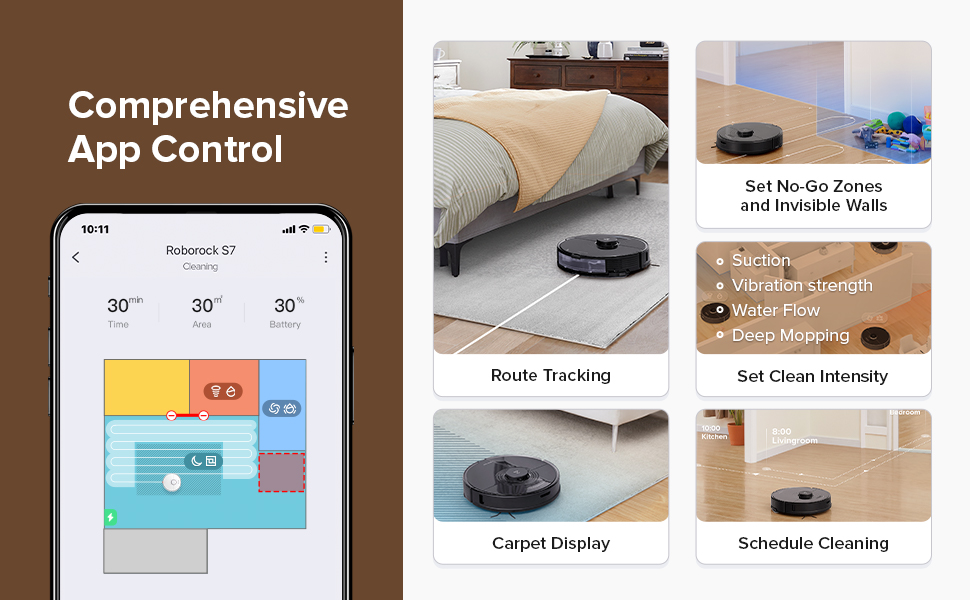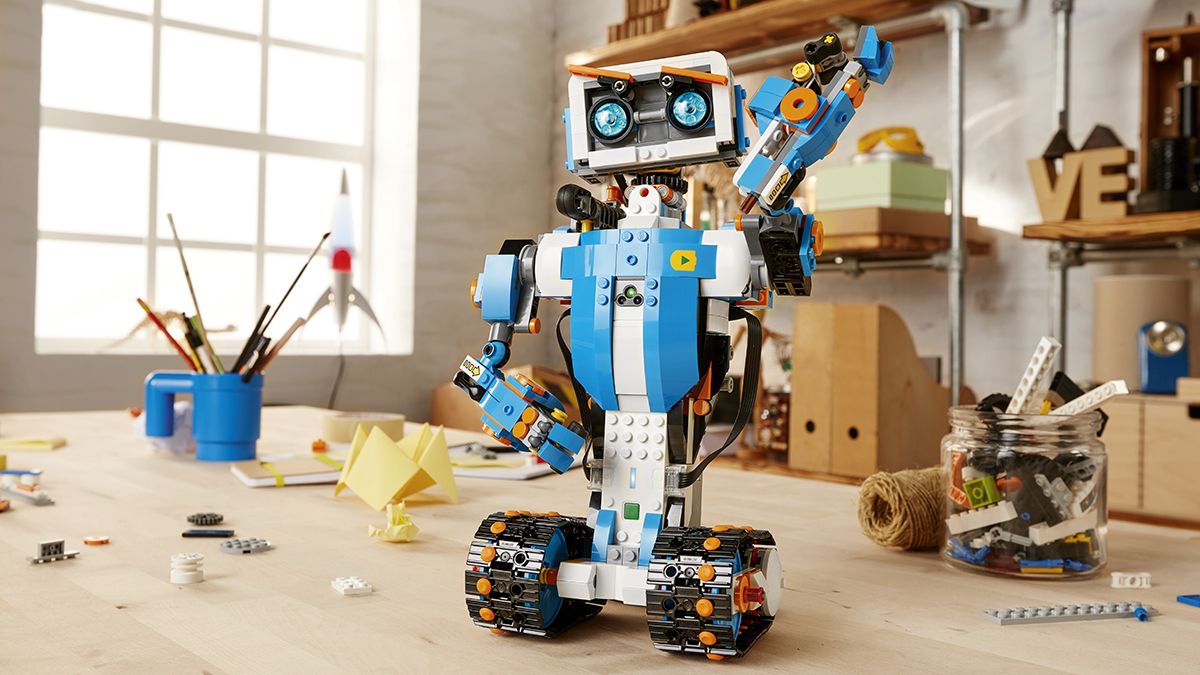How to program an EV3 robot for competitions?
Competing in robotics competitions with your EV3 robot can be an exciting and challenging experience. To succeed in these competitions, it is essential to have a well-designed and efficient program that allows your robot to navigate obstacles, complete tasks, and outperform the competition. In this article, we will provide you with a step-by-step guide on how to program your EV3 robot for competitions.
1. Understand the Competition
Before you start programming your EV3 robot, it is crucial to understand the rules and requirements of the competition you will be participating in. Different competitions may have specific rules regarding the type of tasks your robot must complete, the size and weight limitations of your robot, and other constraints that may affect your programming decisions.
2. Choose the Right Software
There are several programming software options available for programming EV3 robots, including LEGO EV3 software, RobotC, and Python. Choose the software that you are most comfortable with and that best suits the requirements of the competition. Make sure to familiarize yourself with the software’s interface and capabilities before moving on to programming your robot.
3. Plan Your Strategy
Before you start writing code for your EV3 robot, take some time to plan your strategy. Determine the best approach to completing the tasks required in the competition, and decide on the sensors, motors, and other components you will need to achieve your goals. A well-thought-out strategy will help you write more efficient and effective code for your robot.
4. Write Your Code
Now that you have a strategy in place, it’s time to start writing code for your EV3 robot. Break down the tasks your robot needs to complete into smaller segments and write code to handle each segment individually. Test your code frequently to identify and fix any errors or bugs that may arise.
5. Optimize Your Code
Once you have written the initial version of your code, take the time to optimize it for speed, efficiency, and reliability. Look for ways to reduce the number of lines of code, improve the logic of your program, and optimize the performance of your robot. Remember that every millisecond counts in a robotics competition, so try to make your code as fast and efficient as possible.
6. Test Your Robot
After you have written and optimized your code, it’s time to test your EV3 robot in a variety of scenarios. Test your robot on different surfaces, in different lighting conditions, and in the presence of obstacles to ensure that it performs reliably in any situation. Make any necessary adjustments to your code based on your testing results.
7. Practice, Practice, Practice
Finally, practice running your EV3 robot through the tasks required in the competition as many times as possible. The more familiar you are with your robot’s behavior and capabilities, the more confident you will be during the competition. Practice your code and robot performance until you are consistently achieving your desired results.
By following these steps and putting in the time and effort to program your EV3 robot effectively, you will be well-prepared to compete in robotics competitions and showcase your skills and creativity. Good luck!
How to program an EV3 robot for competitions?
Competing in robotics competitions with your EV3 robot can be an exciting and challenging experience. To succeed in these competitions, it is essential to have a well-designed and efficient program that allows your robot to navigate obstacles, complete tasks, and outperform the competition. In this article, we will provide you with a step-by-step guide on how to program your EV3 robot for competitions.
1. Understand the Competition
Before you start programming your EV3 robot, it is crucial to understand the rules and requirements of the competition you will be participating in. Different competitions may have specific rules regarding the type of tasks your robot must complete, the size and weight limitations of your robot, and other constraints that may affect your programming decisions.
2. Choose the Right Software
There are several programming software options available for programming EV3 robots, including LEGO EV3 software, RobotC, and Python. Choose the software that you are most comfortable with and that best suits the requirements of the competition. Make sure to familiarize yourself with the software’s interface and capabilities before moving on to programming your robot.
3. Plan Your Strategy
Before you start writing code for your EV3 robot, take some time to plan your strategy. Determine the best approach to completing the tasks required in the competition, and decide on the sensors, motors, and other components you will need to achieve your goals. A well-thought-out strategy will help you write more efficient and effective code for your robot.
4. Write Your Code
Now that you have a strategy in place, it’s time to start writing code for your EV3 robot. Break down the tasks your robot needs to complete into smaller segments and write code to handle each segment individually. Test your code frequently to identify and fix any errors or bugs that may arise.
5. Optimize Your Code
Once you have written the initial version of your code, take the time to optimize it for speed, efficiency, and reliability. Look for ways to reduce the number of lines of code, improve the logic of your program, and optimize the performance of your robot. Remember that every millisecond counts in a robotics competition, so try to make your code as fast and efficient as possible.
6. Test Your Robot
After you have written and optimized your code, it’s time to test your EV3 robot in a variety of scenarios. Test your robot on different surfaces, in different lighting conditions, and in the presence of obstacles to ensure that it performs reliably in any situation. Make any necessary adjustments to your code based on your testing results.
7. Practice, Practice, Practice
Finally, practice running your EV3 robot through the tasks required in the competition as many times as possible. The more familiar you are with your robot’s behavior and capabilities, the more confident you will be during the competition. Practice your code and robot performance until you are consistently achieving your desired results.
By following these steps and putting in the time and effort to program your EV3 robot effectively, you will be well-prepared to compete in robotics competitions and showcase your skills and creativity. Good luck!



